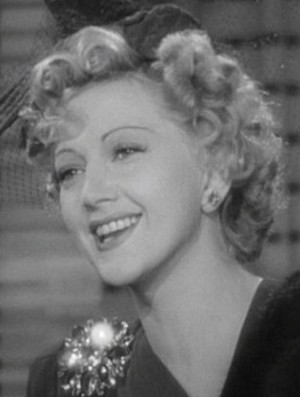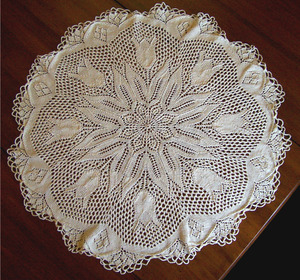Performing isolated scenes from plays or movies is common in acting classes for school or in private instruction. Throughout my time working as an actor and acting instructor, I’ve learned that selecting a scene for class performance is vital to the growth and development of all actors. After you’ve selected a scene for class performance, or a scene has been chosen for you, the process of delving into the script must begin.
Preparing a scene for class performance is somewhat similar to preparing any other scene; however, due to limited script information actors must use their imagination.
While the exact process of preparing a scene for a class performance can vary according to the actual scene, as well as the acting method being studied in the class, I have cultivated a couple of tips to help both beginner and advanced actors master this process.
What is the Overall Objective of the Scene?
Perhaps one of the most important steps you must take when it comes to preparing a scene for class performance is to identify the overall objective of the scene. This process may be easier if you have read the entire script; however, if you have not had this luxury you must use your imagination. Look to the dialogue for clues as to what your character wishes to accomplish within this scene. What is he reaching for? Is he defensive or offensive? What is his relationship to the other person (people) in the scene?
What are the Obstacles?
Every scene will have obstacles your character must overcome. These obstacles may be large or small; however, you must identify any and all obstacles within a scene in order to appropriately deliver the emotional intent of your character. Use a pencil to outline the obstacles of the scene so you do not forget them during rehearsal.
Define the Subtext
As with any script, you must create subtext for your character. Subtext is the internal dialogue you have while you’re listening and speaking. It is your true feelings, unadulterated and non-filtered. It is the subtext that pushes your character speak, to move and to listen. While you may not gain an accurate subtext due to the shortened nature of these scenes, even the wrong subtext is better than no subtext. Write down the internal thoughts of your character directly beside the dialogue.






